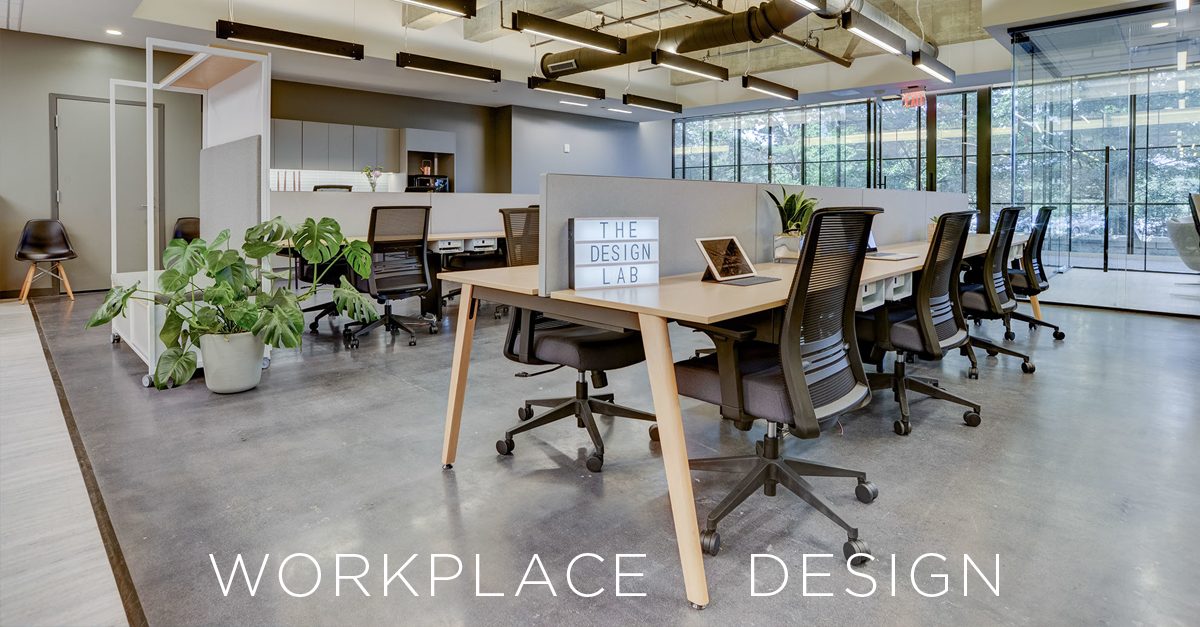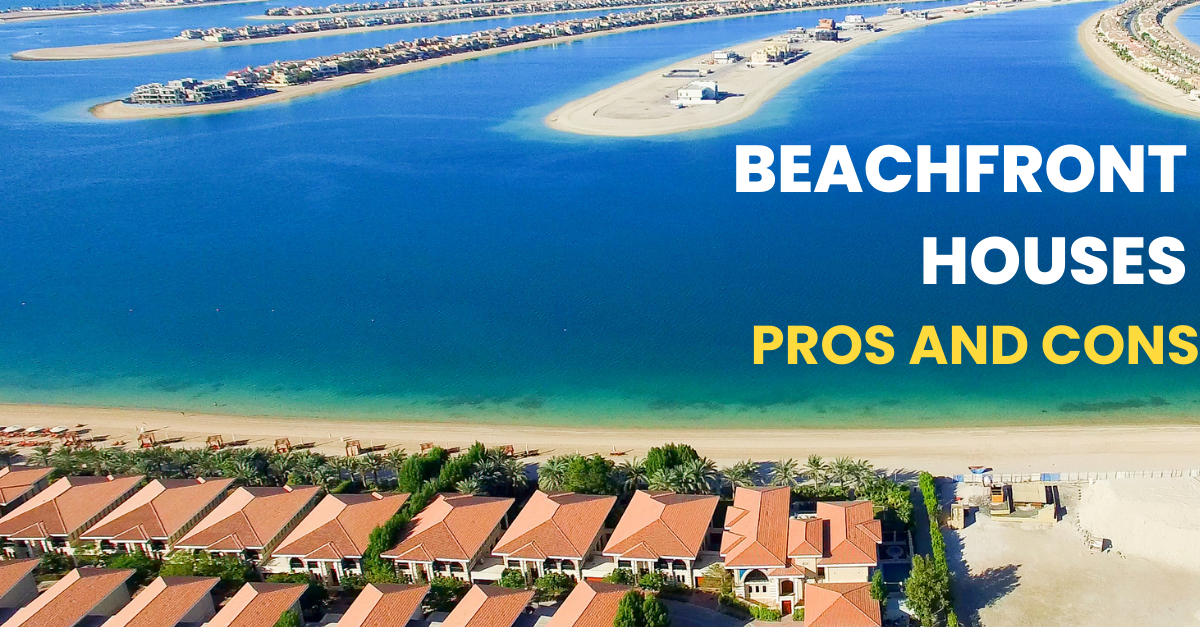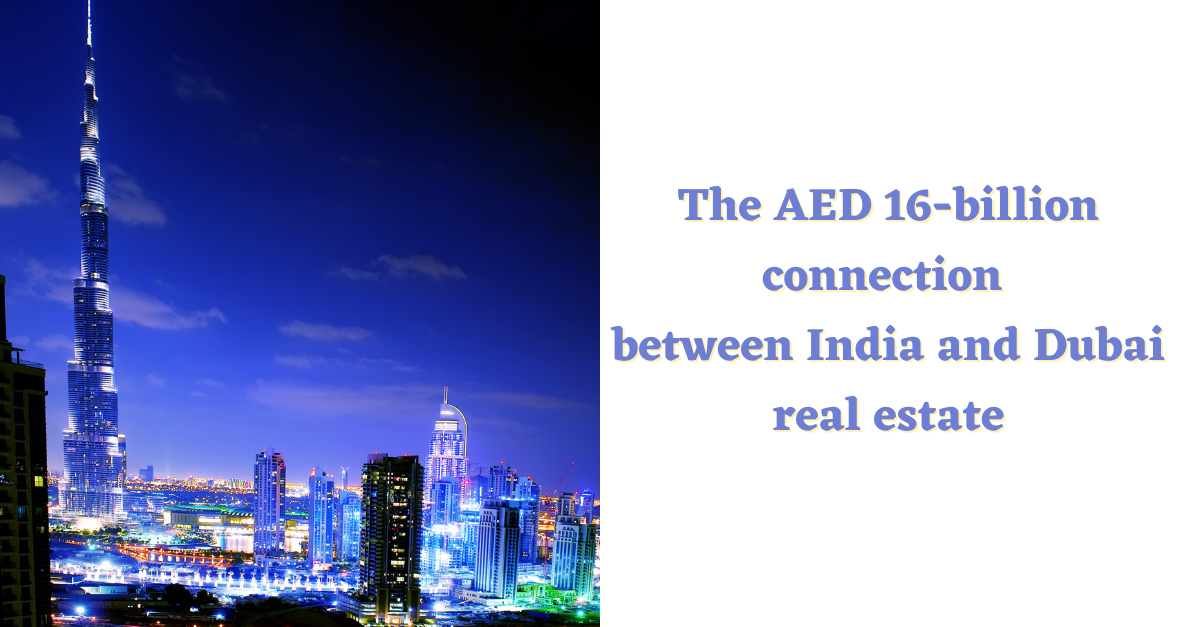Workplace Design: Past, Present and Future
The relationship between employee engagement and productivity has intrigued and preoccupied innovation-driven business organizations throughout the past few decades. A multitude of research has gone into investigating the best methods to leverage this factor and consensus has emerged over the critical role of workplace design. In a service-profit chain proposed in a Harvard Business Review article(1) in 1994, ‘workplace design’ made a somewhat muted appearance. Over a decade later, when Gensler research(2) declared that poor workplace design cost US enterprises a whopping $330 billion every year, in lost productivity, the business community paid much greater attention.
Workplace design is essentially the process of designing and organizing a workplace in a bid to enhance productivity and employee engagement, while also heeding health and safety requirements. From an employee’s standpoint, traditional offices were – for the most part – starkly impersonal. With evolving lifestyles, and the need to strike a balance between personal and professional lives, workplace design has been touted as a crucial part of the solution. So, what actions and initiatives does workplace design entail?
Ergonomics
Ergonomics is a scientific discipline concerned with the design of environments, with relation to their effect on the physiology of people who use them for extended periods. An ergonomically designed workplace not only alleviates musculoskeletal injury concerns but also enhances employee engagement and subsequent productivity.
When developing an ideal workplace, an ergonomic analysis is first conducted to assess the risk factors in the workplace. Employee surveys follow the initial assessment and an opportunity list is drawn up. Next, an ergonomic solution corresponding to each opportunity is determined and implemented. Finally, with the passage of some time, the effectiveness of the implementation is evaluated.
The introduction of ergonomic chairs and task lights has gone a long way towards beating the ill-effects of fatigue, back pain and routine burnouts faced by employees. Based on a comprehensive case study(3), ergonomics has been proven to improve work quality, morale, employee engagement, safety and overall productivity, as well as reducing absenteeism. Gemini Property Developers CEO Sunil Gomes is a vocal proponent of ergonomics in the workplace. Sunil bases his opinion on the real world results he has observed over the years and believes that investing in a workplace that adheres to good ergonomic design can add very discernible productive value, as well as paying for itself many times over.
Activity-based working
Collaboration is the key to the optimal functioning of modern-day businesses. Activity based working (ABW)(4) and open office design are concepts that leverage this collaborative approach in workplace design. An employee can start the day in a QuietPod, move to collaborative shared spaces with cushions and large tables for meetings, or retreat to break out areas if need be.
Sunil believes that ABW office design gives employees a sense of control over how and where the work is accomplished, besides facilitating innovation, creative thinking and active collaboration across various disciplines. Essentially, Sunil opines, the design concept results in a workplace that is responsive to user needs.
It is worth noting that Google and Facebook have been at the forefront of ABW and open office designs. As per Raconteur’s special report(5) on Google’s workplace environment ethos, employees are encouraged for “casual collisions” while at work, in the hope for unexpected conversations that result in innovative ideas. The practice—although a little eccentric and uncommon—has been shown to encourage creativity through what can be termed as “orchestrated chaos”.
However, the open-office design has met with some criticism in recent years, including a recent 2018 report by Harvard Researchers indicating that open-plan offices limit the experience of privacy and intensify the perception of intrusion among employees. In fact, a Journal of Environmental Psychology study, which surveyed 40,000 employees from 300 offices, came to the conclusion that any measurable benefits from enhanced interaction were more than offset by the downside of distracting noise and less privacy, in the workspace(6). This is driving a growing trend to move away from open-plans, to the closed office designs of yesteryear.
Design prerequisites
Access to tranquil natural features, aesthetic views from the workplace, and effective noise control are toady seen as prerequisites for designing the external surroundings of a modern workplace. However, if anything, the design of internal spaces is even more critical. Employees are prone to eye-strain in naturally-lit workspaces, which necessitates good lighting. Similarly, temperature control also deserves earnest attention. Good air quality, airflow, temperature and humidity control are all factors in ensuring that the workplace conforms to – rather than disrupting- employees circadian rhythms.
On the aesthetic side, forethought before selection of indoor materials and colours is vital, bearing in mind the sensory experience of employees. For instance, artwork within the workplace can have an impact that goes beyond merely being a source of inspiration. Such featured installations and objects not only add to the visual quality of the workplace, but they have also been found to promote desired behaviours, channel positive energy and promote creativity.
Millennials influencing UAE workplace design: from open spaces to collaborative technology
Based on an Index report(7) from 2016, millennials were emerging as a strong influence on workplace designs in UAE, and Dubai in particular. While the preferences of this demographic continue to have a strong impact on design as a whole(8), open office design has over time been found to have some unforeseen drawbacks. Research cites distraction, lack of privacy and interruptions as top concerns. In addition, reports indicate that open plans have not been able to facilitate many of the collaborative synergies they were meant to enable. According to a recent study(9), employees in open offices are actually spending 73% less time in face-to-face interactions, while electronic communication has shot up by 67%.
With growing awareness about the downsides of open-plan workspaces, the door is open for future approaches to evolve as an amalgam of new and old office designs. The fact that millennials will constitute over 75% of the global workforce by 2020(10) means workplace design is bound to be shaped by their changing aspirations. Sunil believes that the millennials’ preference for collaborative workplaces, freedom and solitude will result in integrated open and closed spaces, a trend which is already becoming popular. Technology-infused environments will also assume strategic importance in Sunil’s opinion.
With the sort of apparent benefits that innovative workplace design delivers, it is not a hard-sell. Workplaces can be transformed with just a little attention to ergonomics and employee-centric details. Business decisions with far less tangible results, which hinge on a distant ROI, receive support from management. By contrast, effective workplace design is a safe bet with instant, assured outcomes. Few tweaks to an organization can produce results as dramatic and as desirable.
- http://www2.gsu.edu/~mgtwlw/operations/profitchain.pdf
- https://www.gensler.com/research-insight/gensler-research-institute/the-2006-us-workplace-survey
- https://ergo-plus.com/workplace-ergonomics/
- http://www.decormanzil.com/blog/design-promotes-productivity-wellbeing-at-the-workplace/
- https://www.raconteur.net/business-innovation/workplace-design-matter
- https://shine.sph.harvard.edu/publications-0
- https://www.indexexhibition.com/media/design-arabia-blog/2016/march/millennials-influencing-workplace-design-in-the-uae/
- https://www.khaleejtimes.com/technology/why-millennials-are-set-to-run-the-biz-show
- https://royalsocietypublishing.org/doi/full/10.1098/rstb.2017.0239
- https://www.facebook.com/worldeconomicforum/posts/10152691173941479




